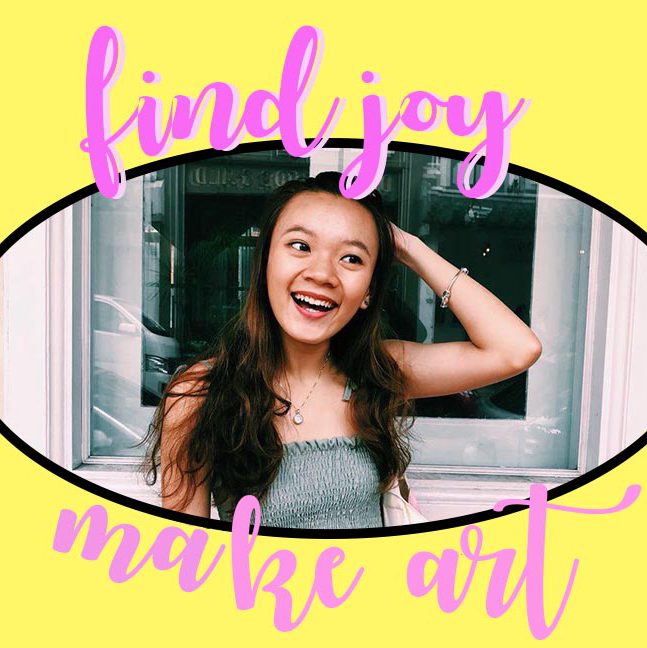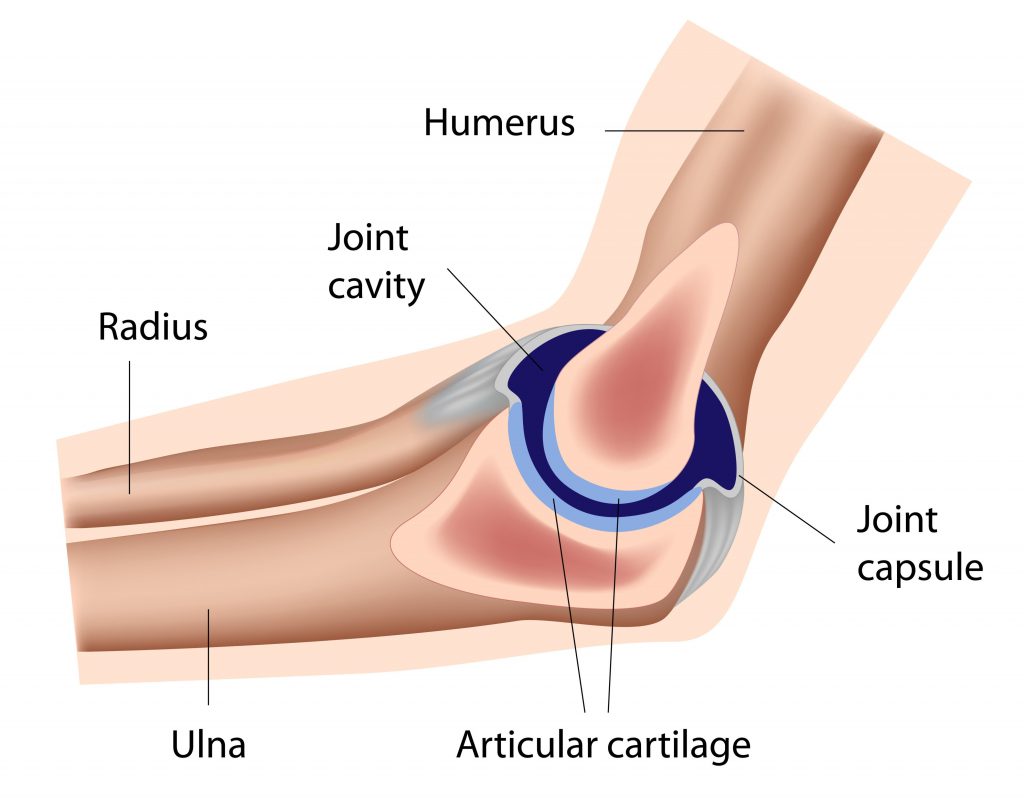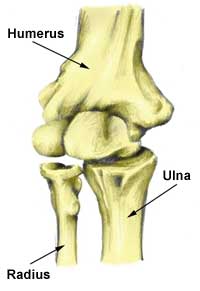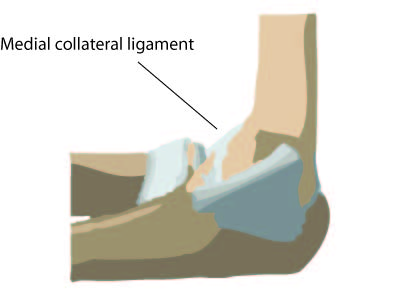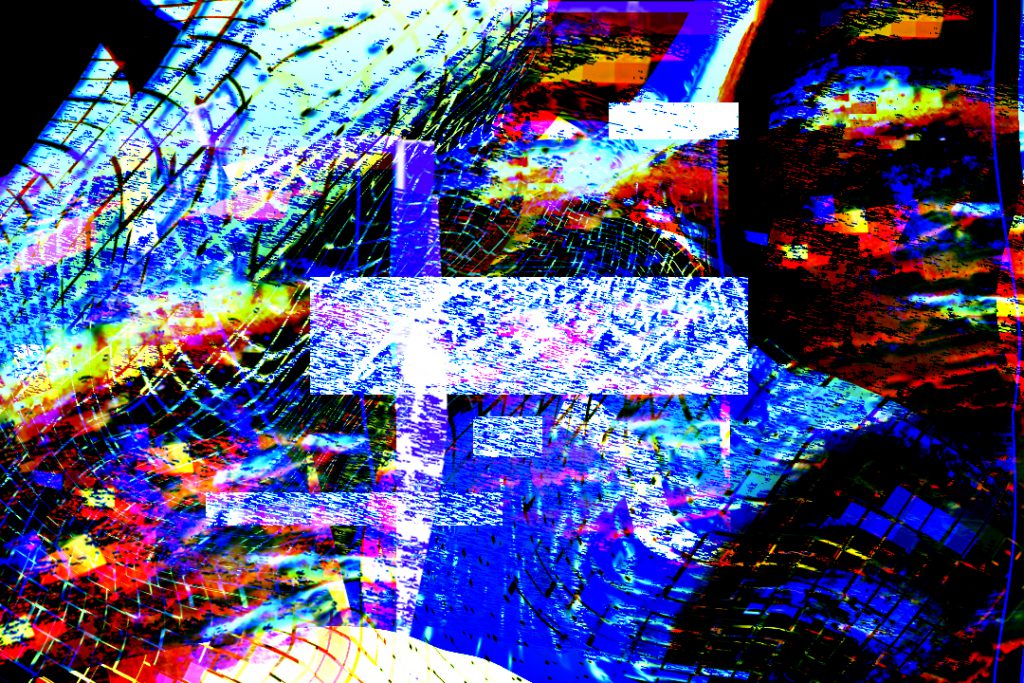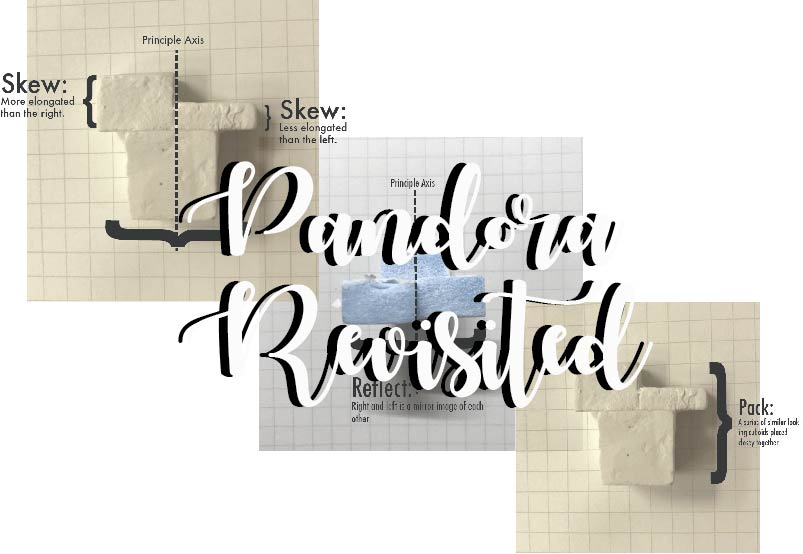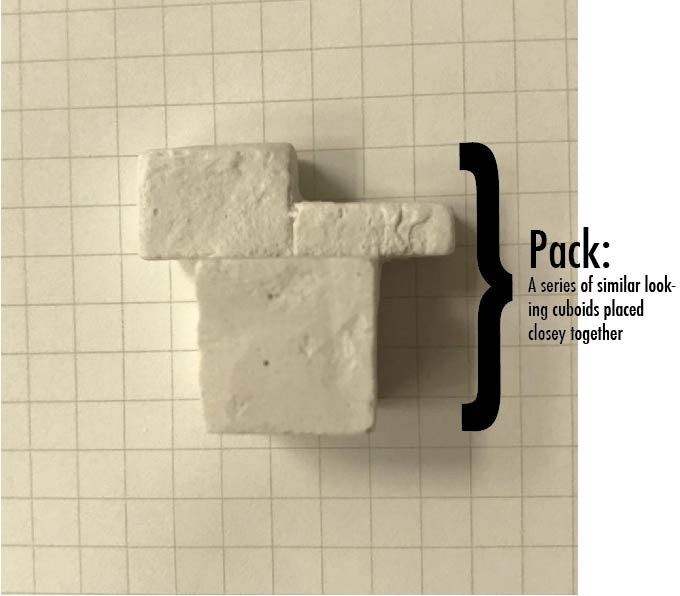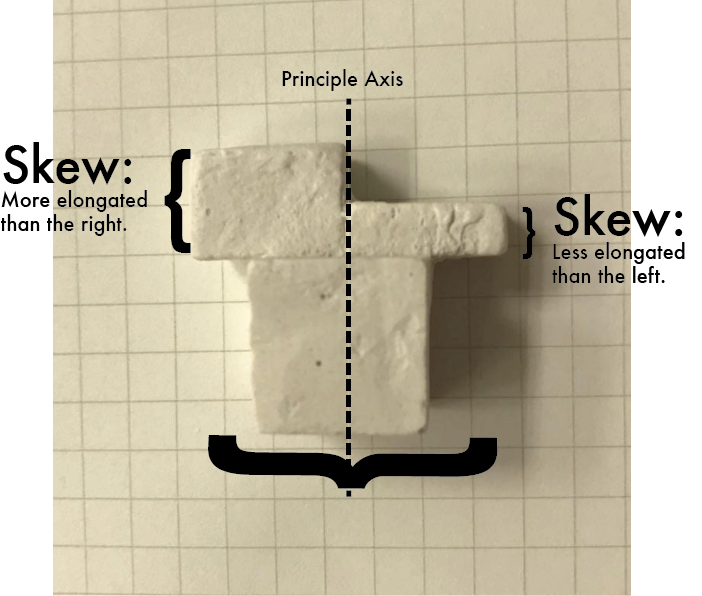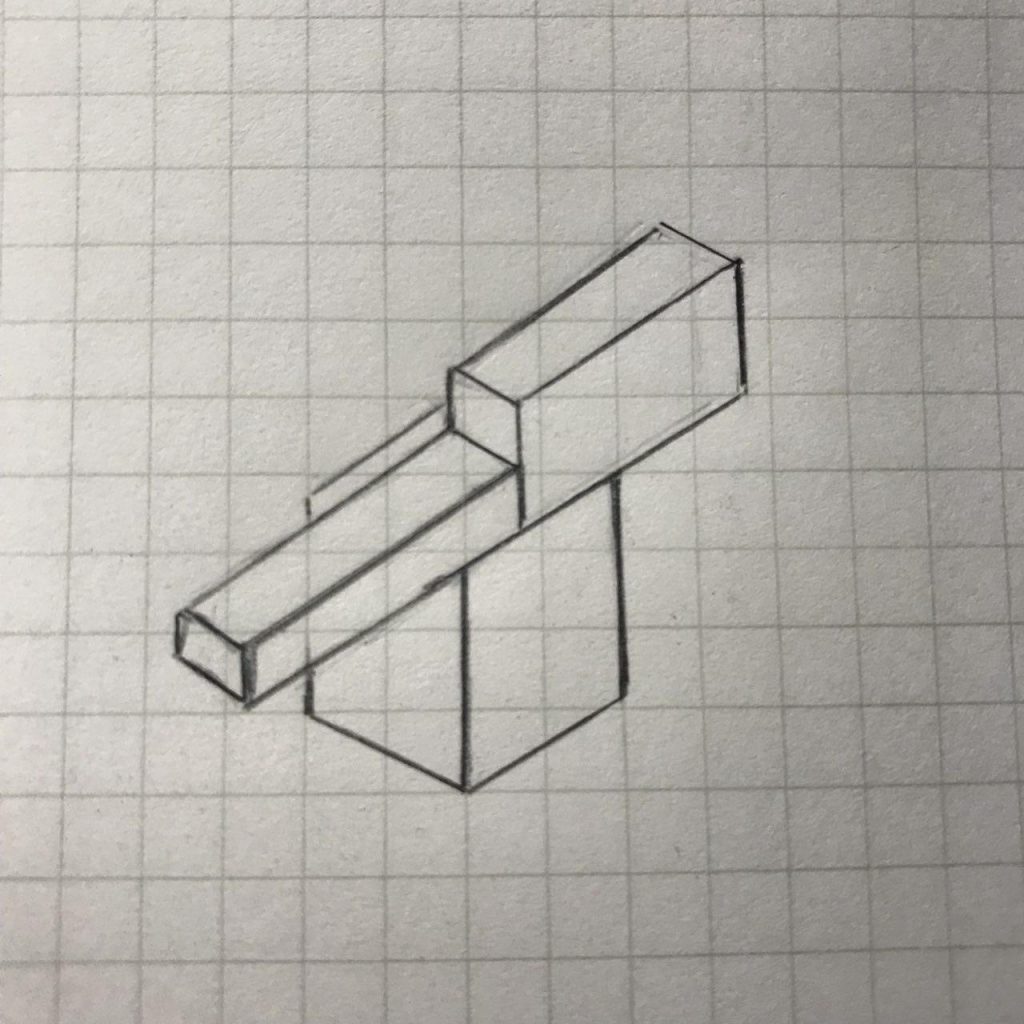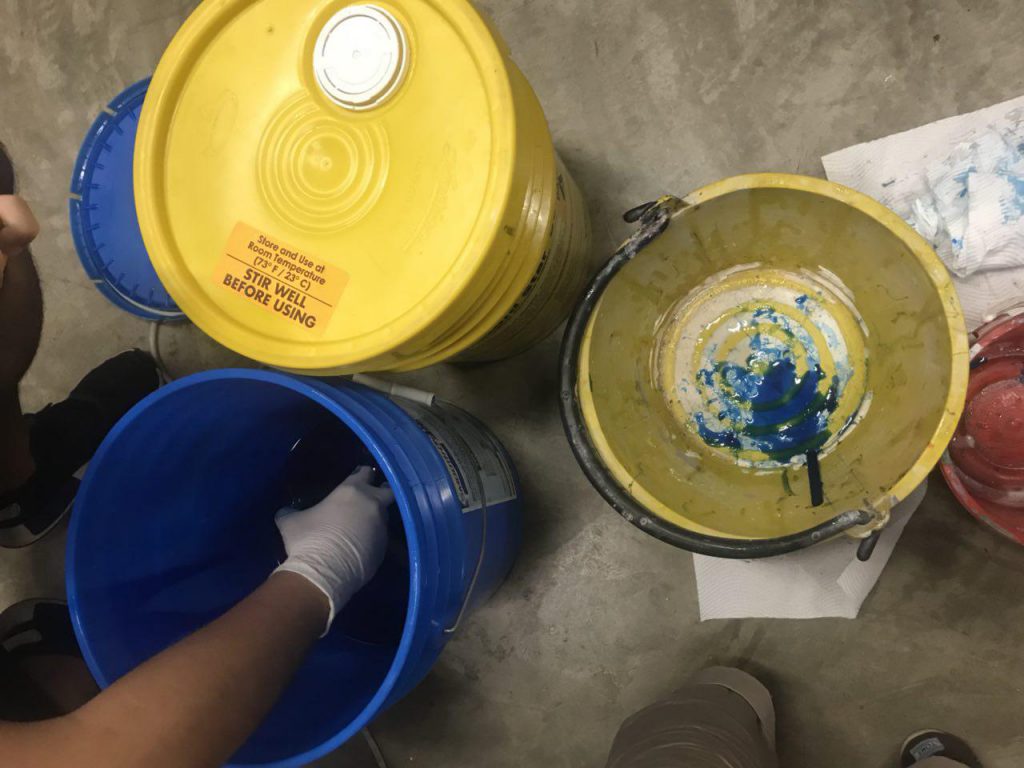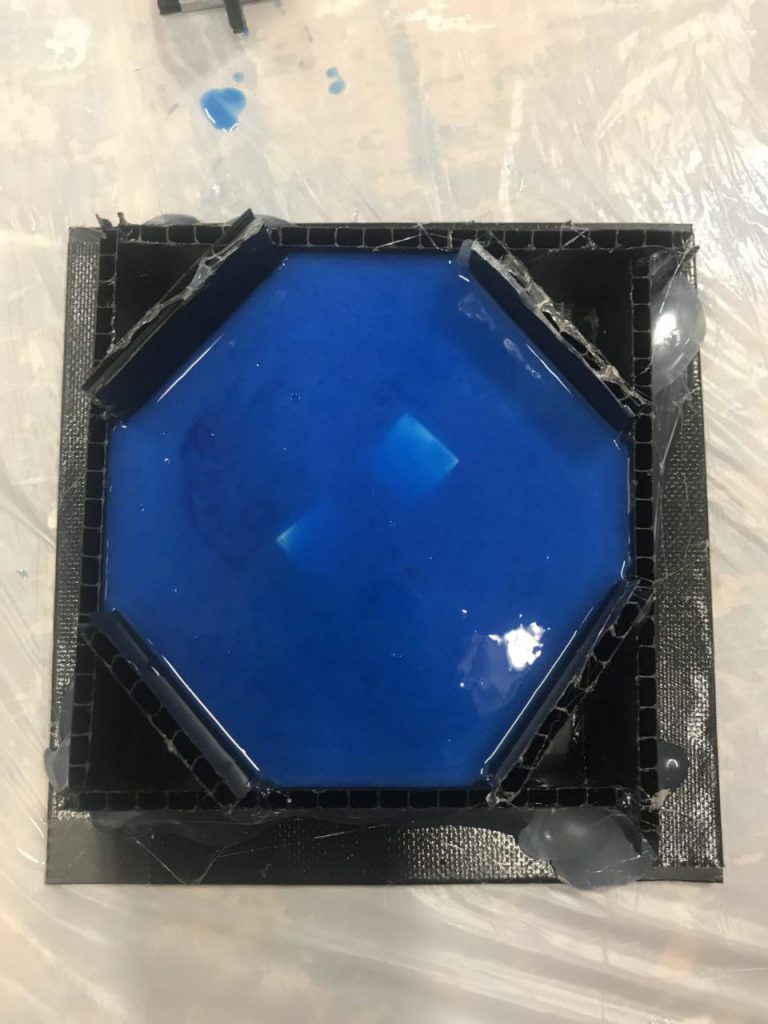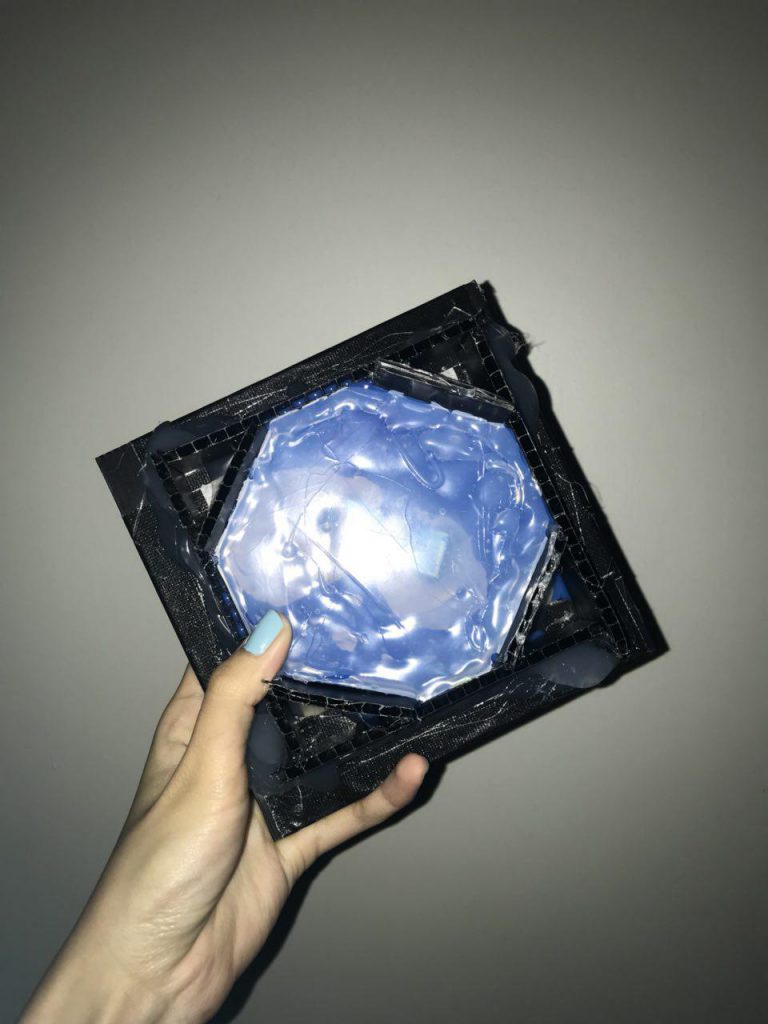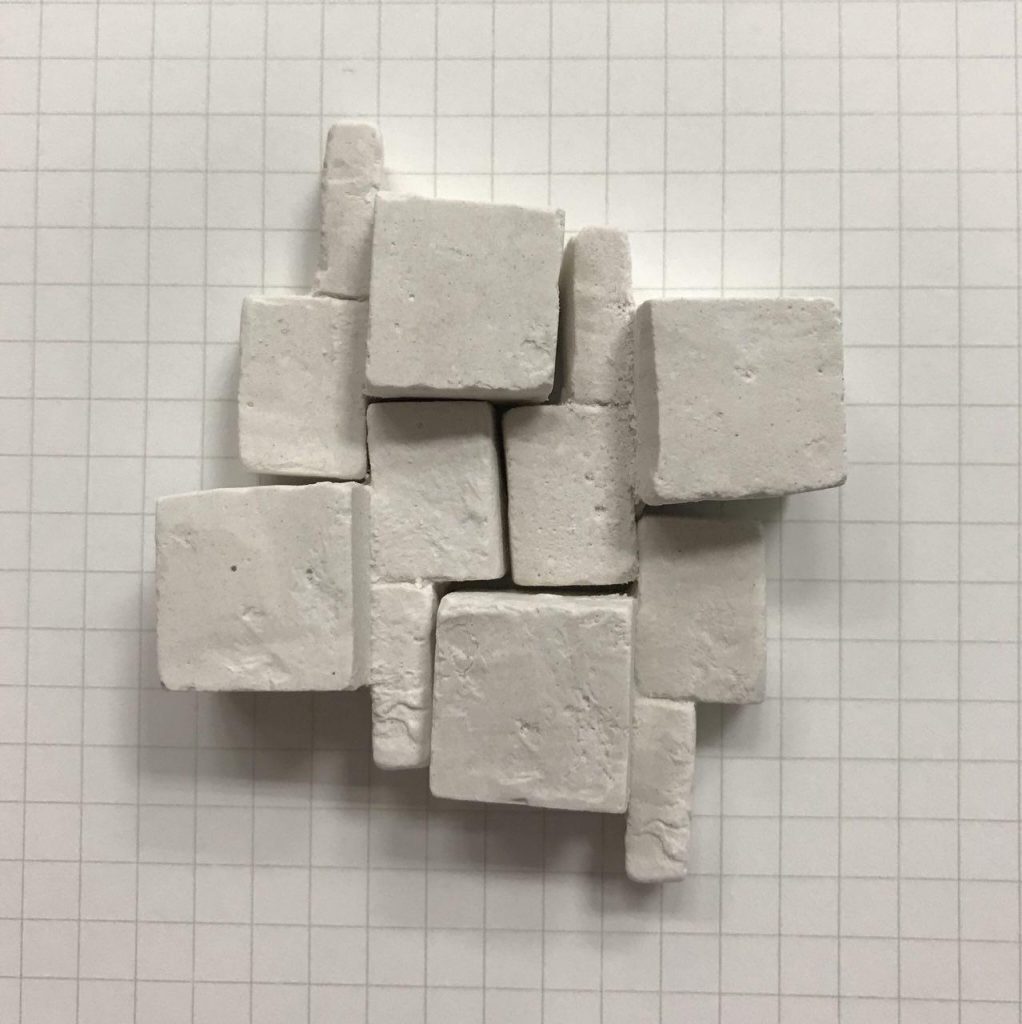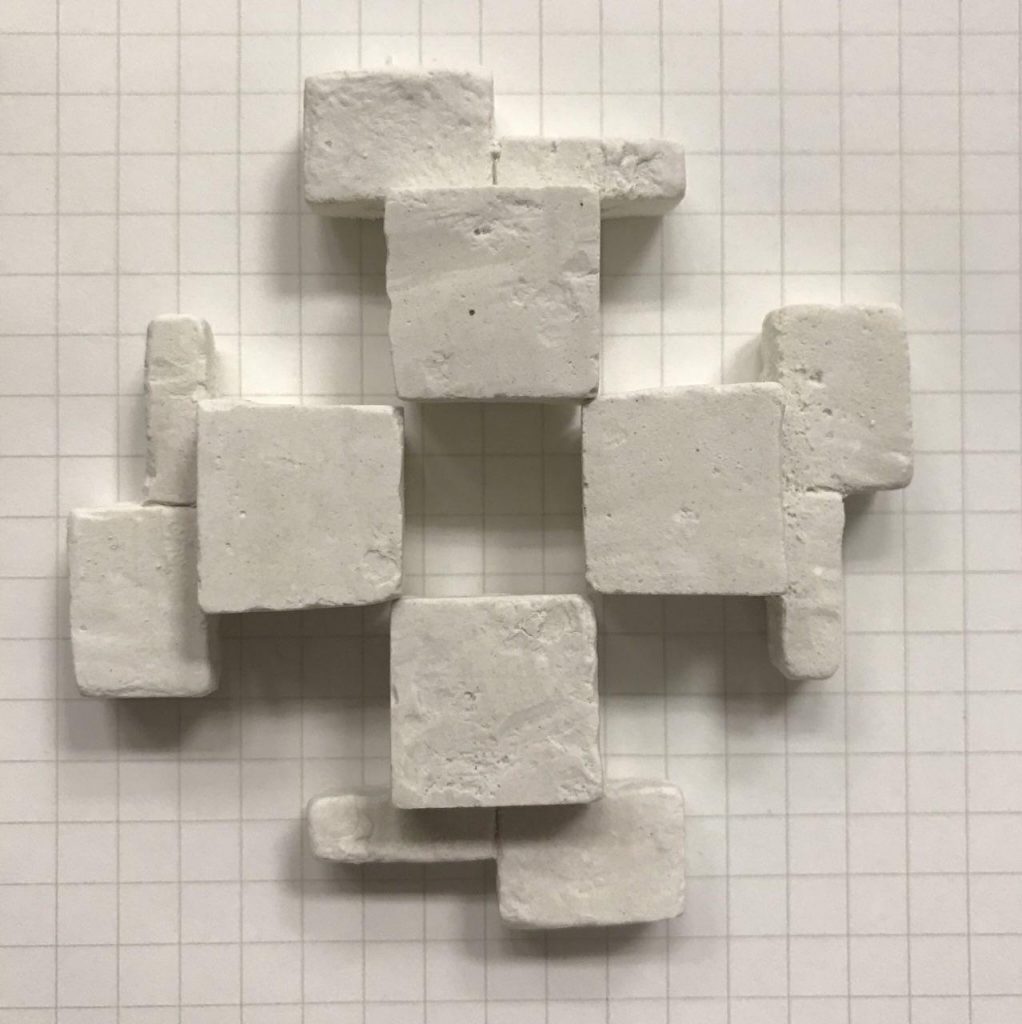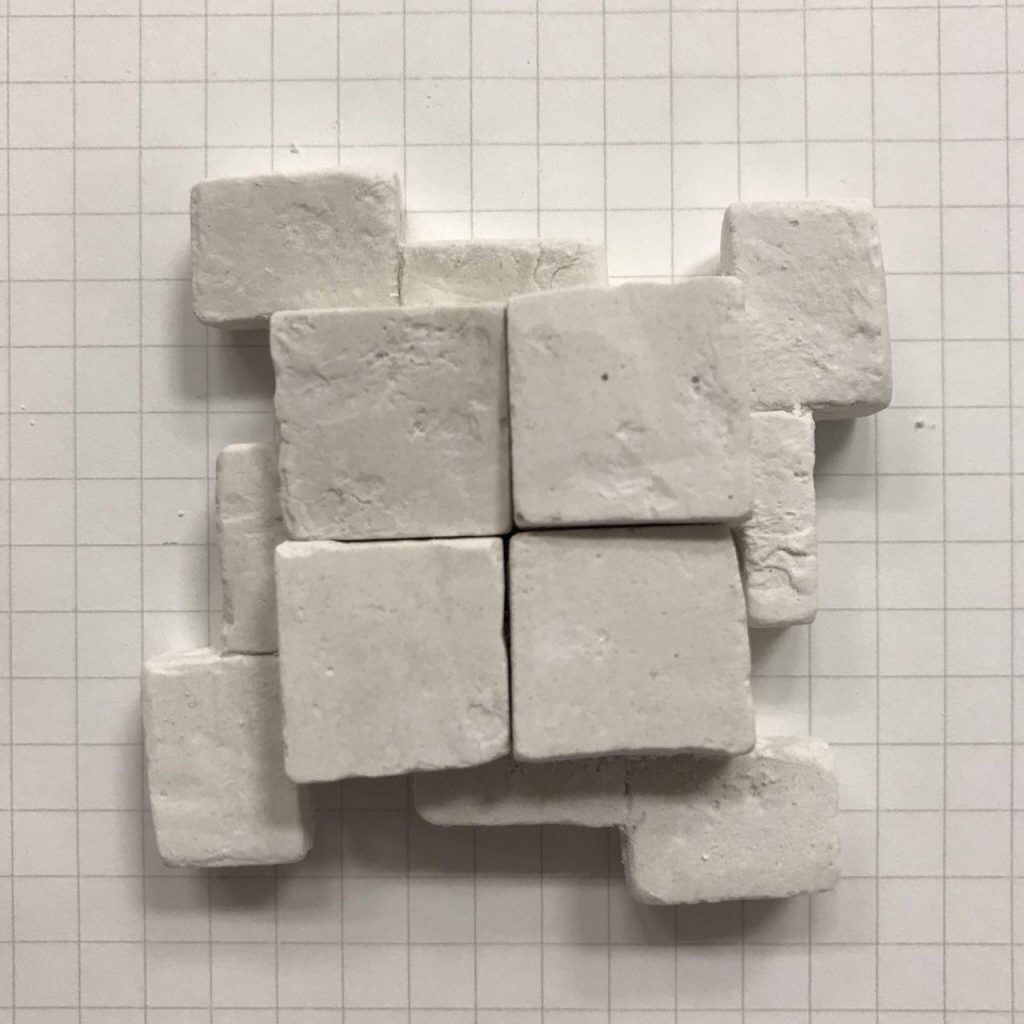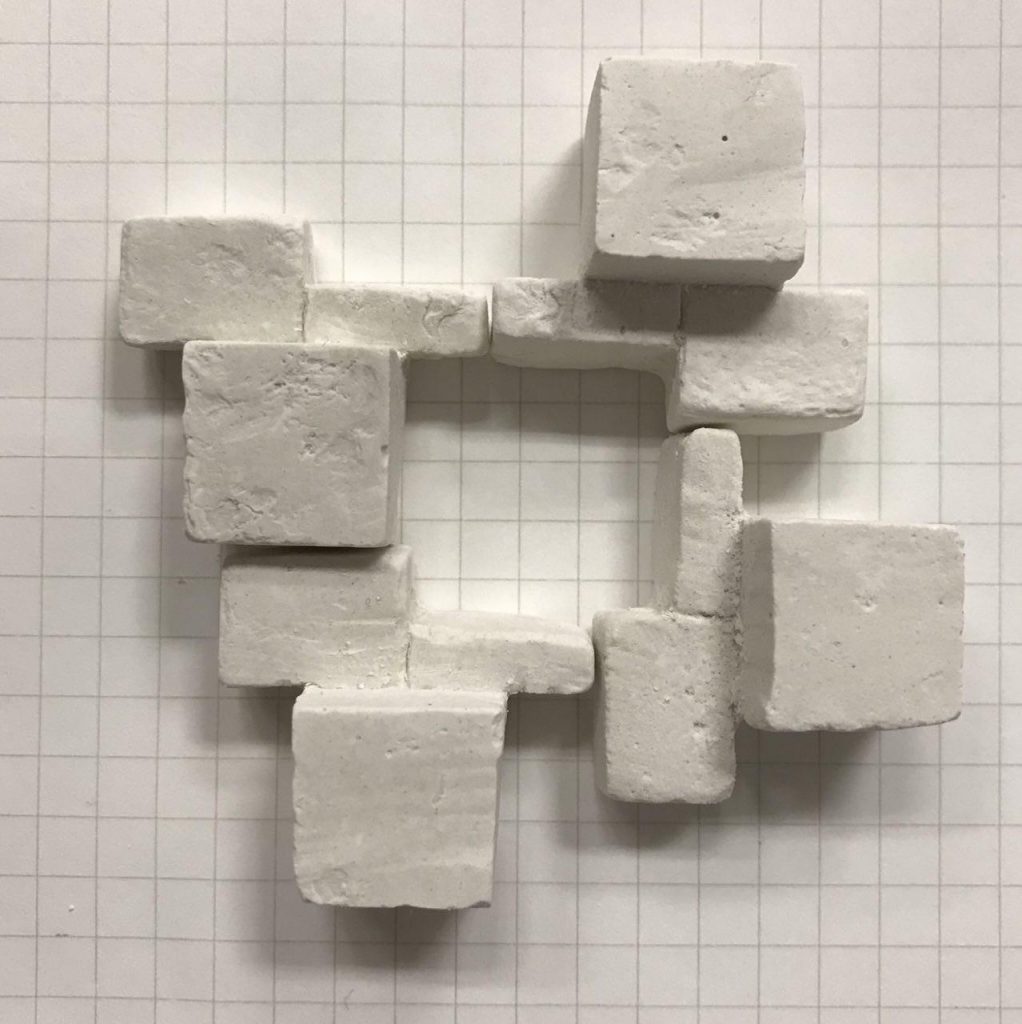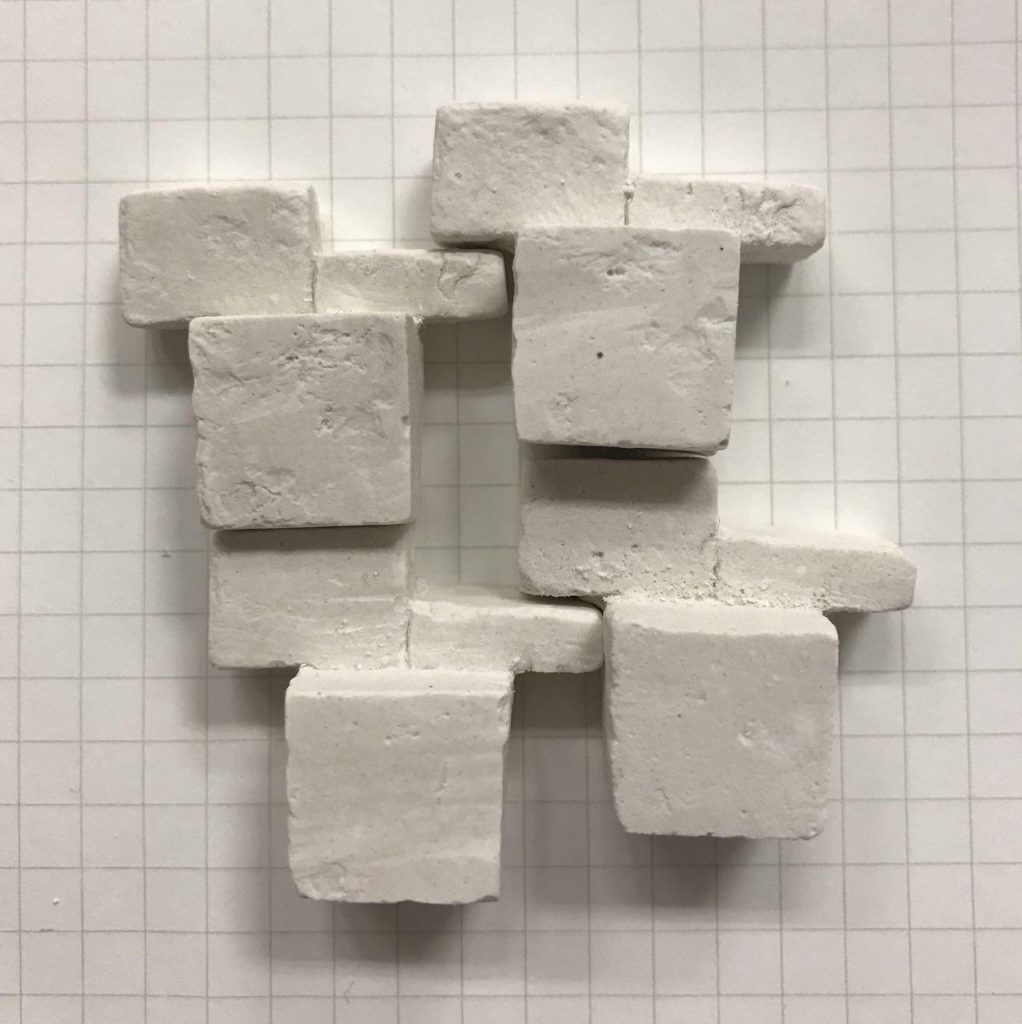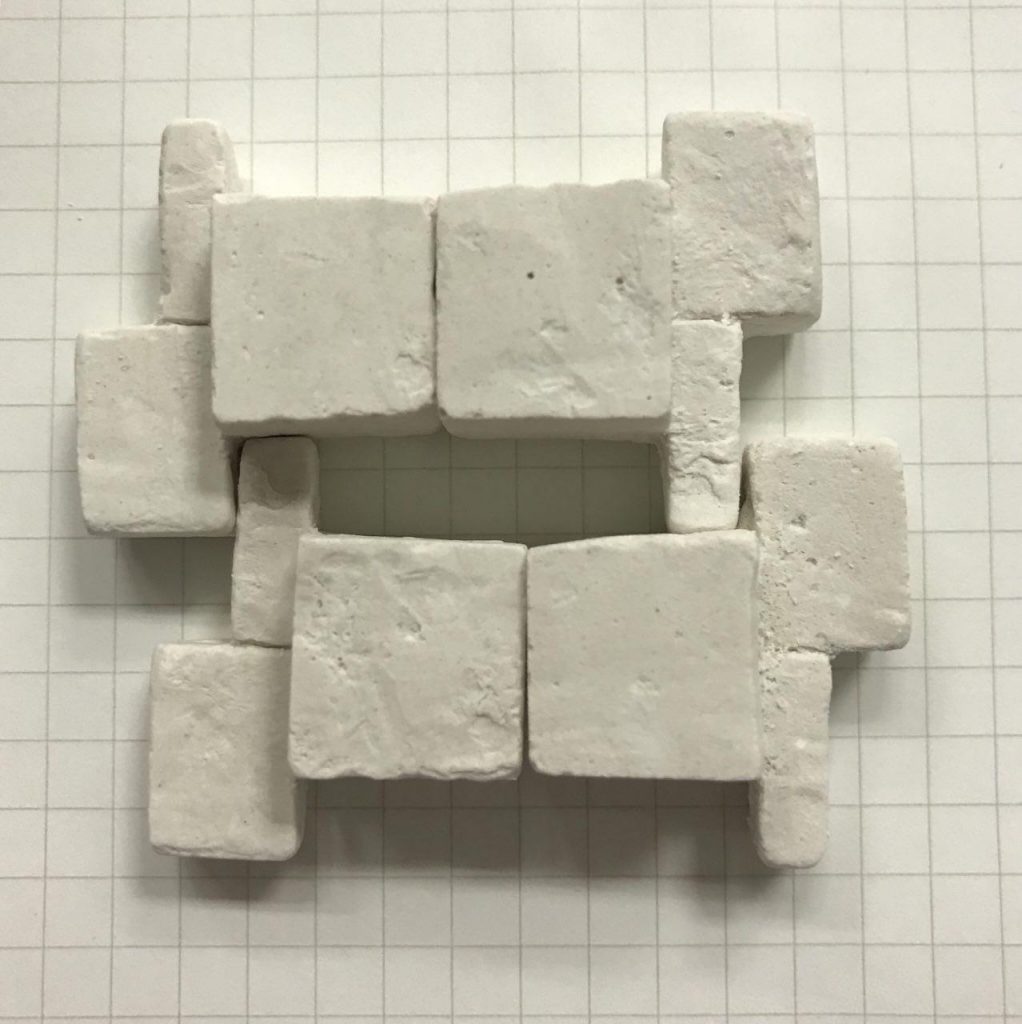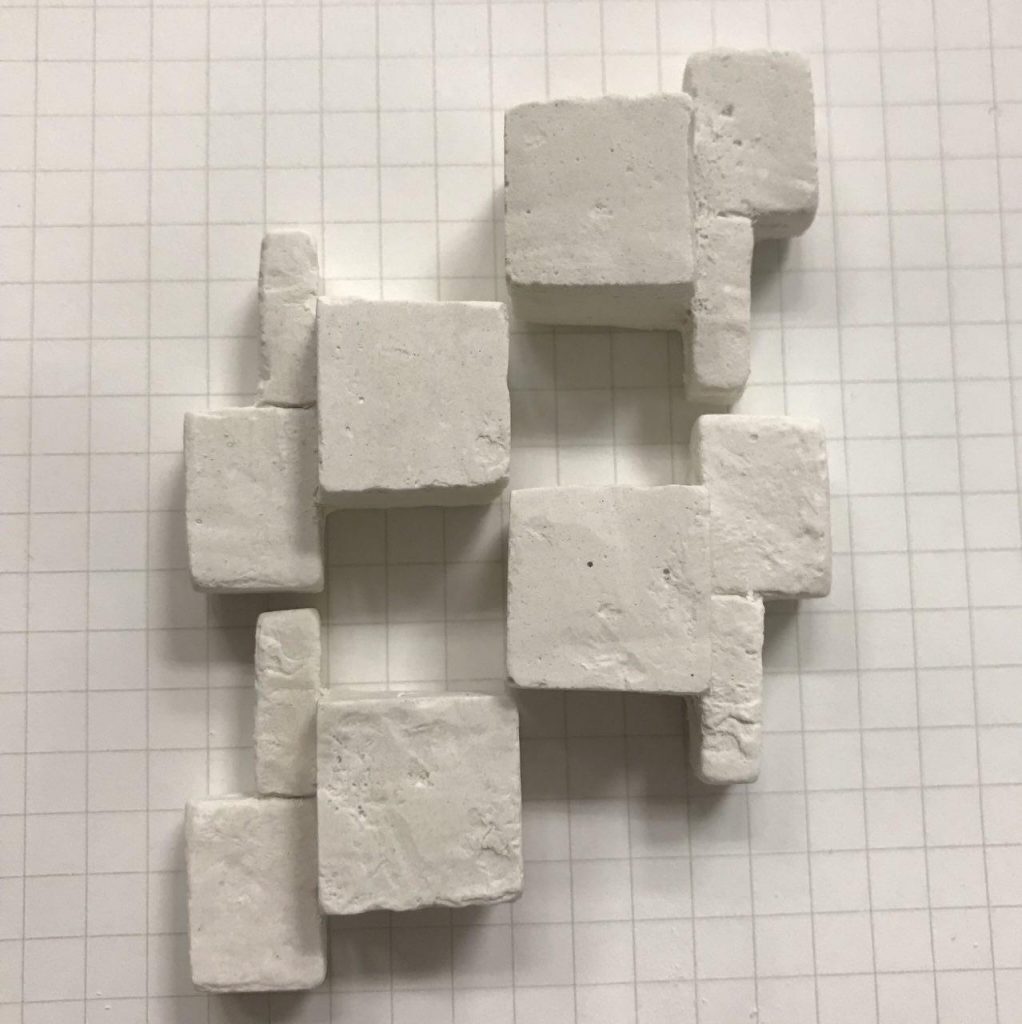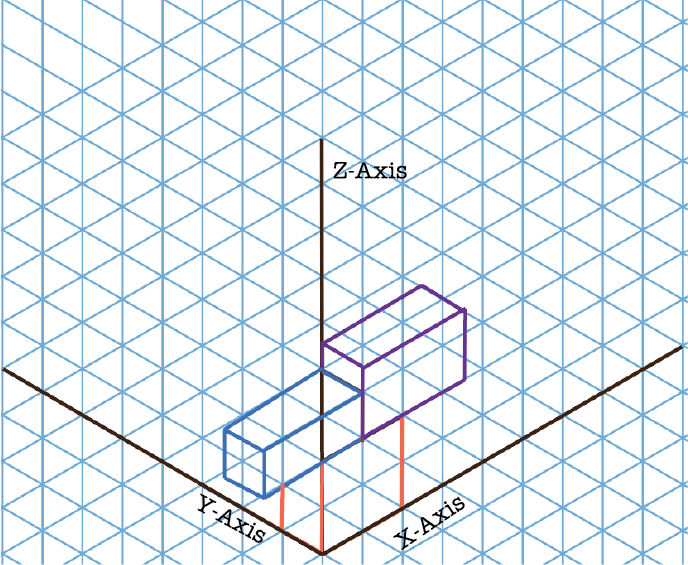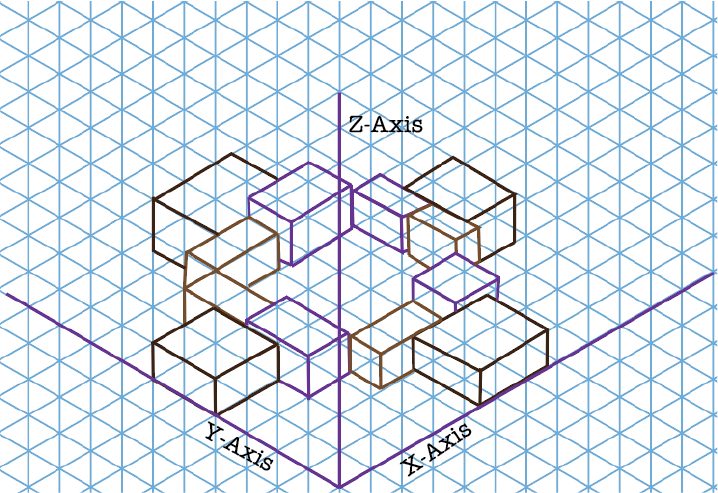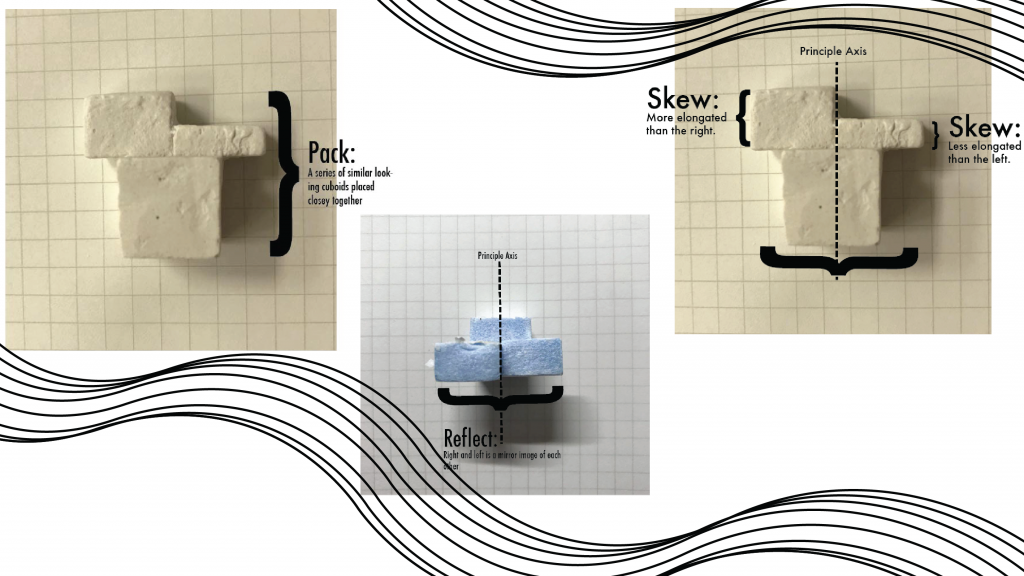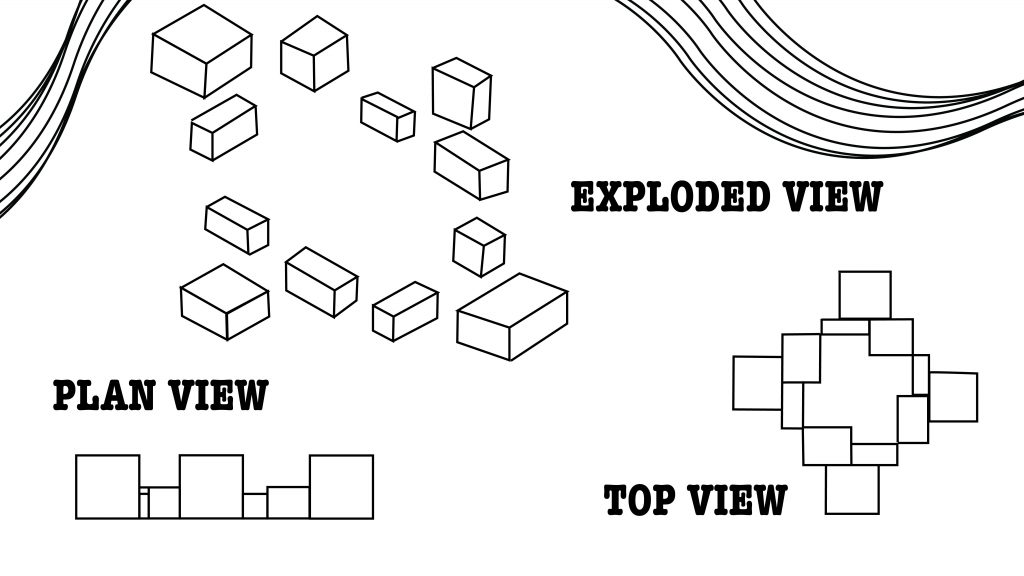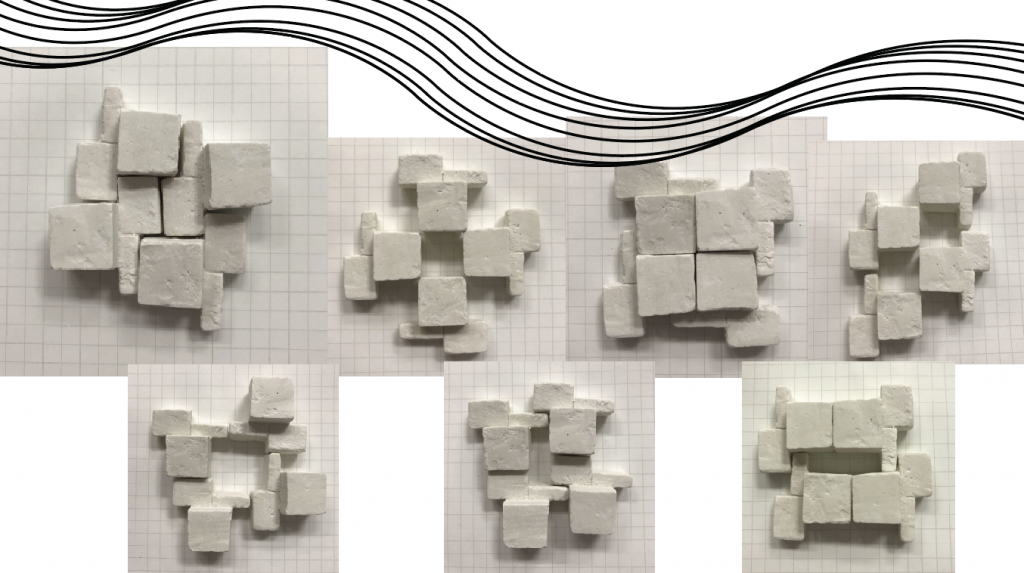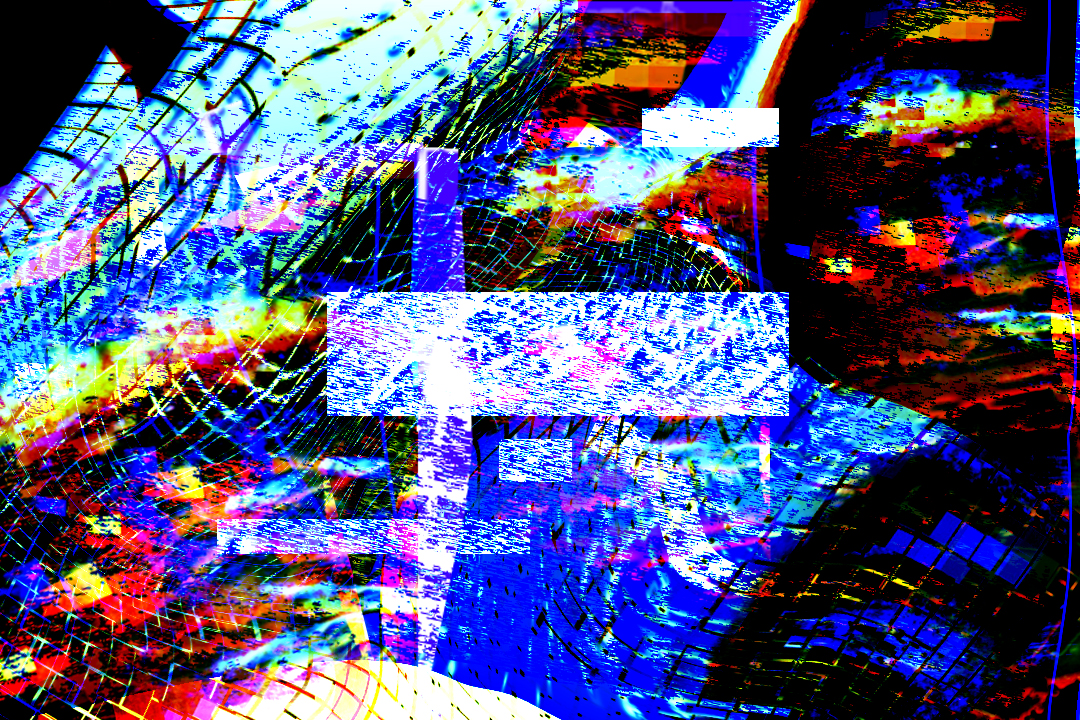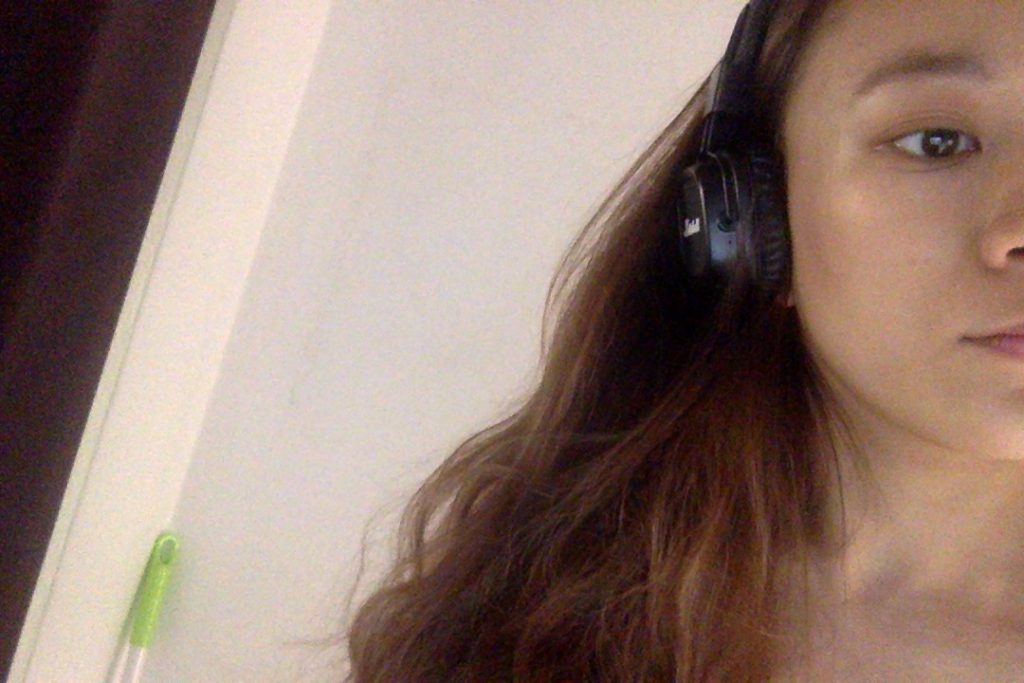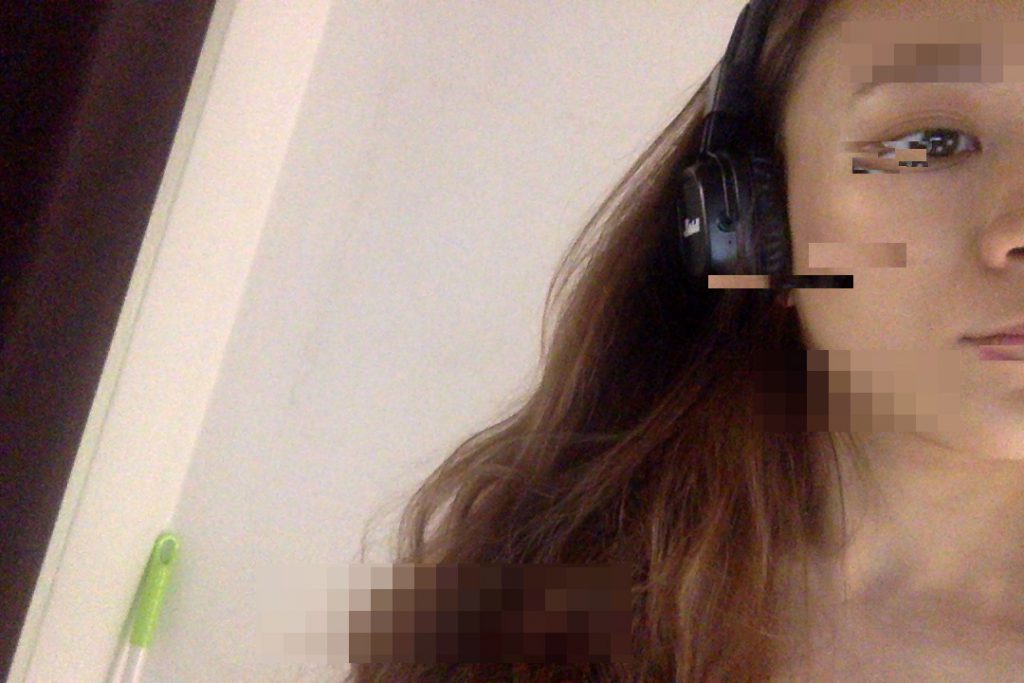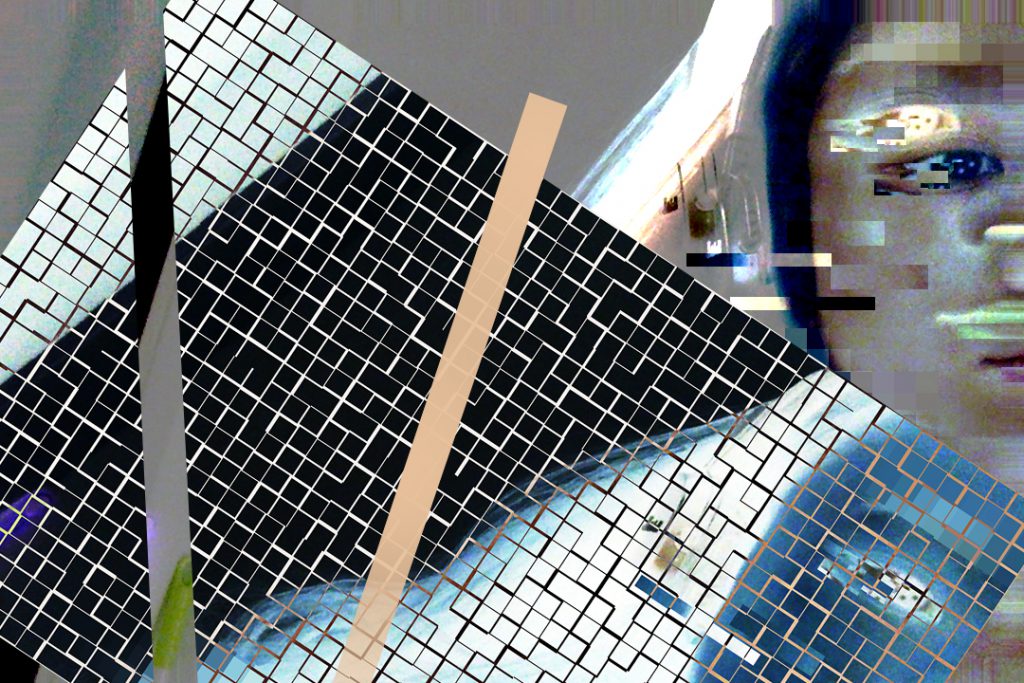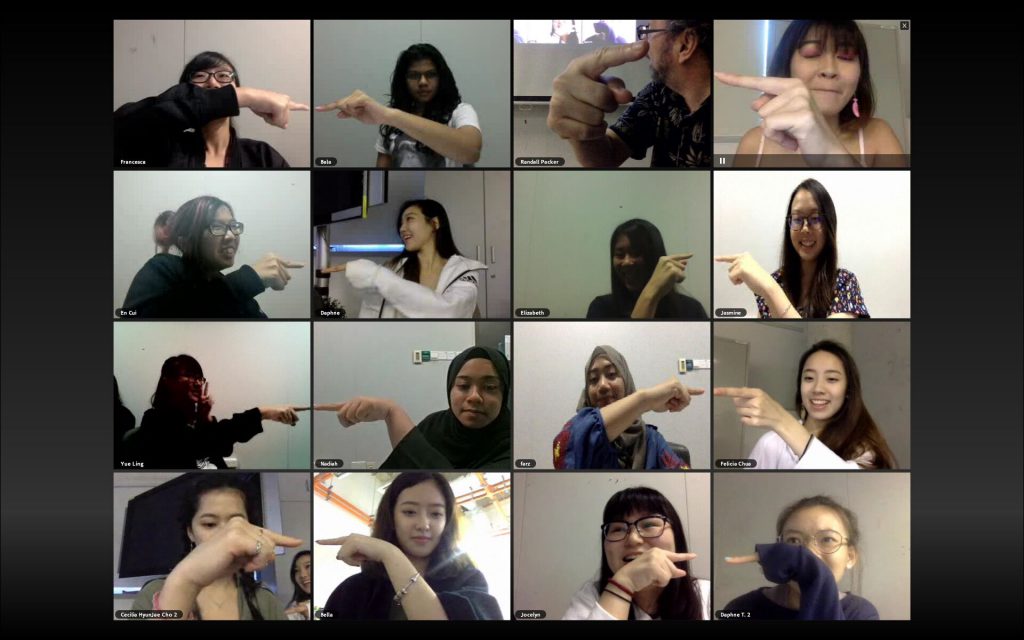Sounds:
Pleasant: Water Cooler in ADM (Flowy)
Unpleasant: Security Alarm in ADM (Resembles water droplets)
Sound Waves on Audacity
Body Parts
Elbow
IMG_7551Elbow-Bone
- Elbow is the joint connecting the proper arm to the forearm
- Marked on the upper limb by the medial and lateral epicondyles and the olecranon process
- Classified as a synovial joint, functionally as a simple hinge joint that allows for flexion and extension.
- Occurs at the junction of the humerus or upper arm bone
- The humerus forms the upper part of the point and widens near the end to form the medial and lateral epicondyles (two bony processes felt either side of the elbow joint)
- Made up of three bones: humerus, ulna and radius.
- The ulna is a cup-shaped structure that is situated on the inside of the joint which allows articulation (state of being jointed) with the humerus
- Three distinct joints in the elbow – hinge joint, the humeroradial joint and the pivot joint
- Hinge joint allows the elbow to bend and straighten
- Humeroradial joint allows for flexion and extension
- Pivot joint allows for rotation of the forearm
Elbow-Ligament
-important ligament of the elbow are the medial collateral ligament (inside of the elbow) and the lateral collateral ligament (outside of the elbow)
Angular Movement at the Elbow
| Movement | Angular Range (Degrees) |
| Flexion / Extension | 145 |
| Pronation | 75 |
| Supination | 80 |
| Movement | Definition |
| Flexion | A movement decreasing the angle between articulating bones |
| Pronation | A movement that can be performed by the lower-arm/ wrist and also by the ankle/foot
Pronation of a forearm is the rotation of the forearm turning the palm of the hand inwards towards the body. |
| Supination | A movement that can occur at the lower-arm and wrist.
Supination of the forearm is the rotation of the forearm turning the hand outwards away from the body |
Ankle
The ankle joint is a synovial joint located in the lower limb. It is divided into the upper ankle joint (tibiotarsal articulation) and lower ankle joint (talotarsal articulation).
Upper ankle joint
- Is a hinge joint.
- Main task is to enable dorsiflexion (stretching) and plantar flexion (bending).
| Dorsiflexion (Flexion) | Produced by the muscles in the anterior (nearer the front) compartment of the leg. |
| Plantarflexion (Extension) | Produced by the muscles in the posterior (nearer the rear/hind end) compartment of the leg. |
- Composes of the three bones: Tibia (Shin bone), Fibula (Calf bone) & Talus (Ankle bone).
- The tibia and fibula form the “ankle mortise” which consists of the medial and lateral malleoli. In the distal end of the ankle mortise sits the trochlea tali, the upper surface of the talus.
- This allows the articular surfaces to glide upon each other and assures the cartilage surfaces to move freely.
| Dorsiflexion | Flexion | Is the movement by which the dorsal (top) aspect of the foot and the anterior (front) aspect of the tibia (shin) move closer together. (E.g. up and down – sitting and standing or walking up and down stairs). |
| Plantarflexion | Extension | Is the opposite movement that departs the dorsal aspect of the foot away from the tibia. |
| Abduction | Is moving the distal end of the foot away from midline, or away from the center of the body. |
| Supination | Appears when the medial edge of the foot is lifted off the grounds. |
| Pronation | Is the reverse movement of supination, when the lateral edge of the foot is lifted off the ground. |
References for elbow:
http://www.ivyroses.com/HumanBody/Skeletal/Joints/Joint-Movements.php
http://www.ivyroses.com/HumanBody/Skeletal/Joints/Elbow-Joint.php
http://teachmeanatomy.info/upper-limb/joints/elbow-joint/
Reference:
http://teachmeanatomy.info/lower-limb/joints/ankle-joint/
https://www.kenhub.com/en/library/anatomy/the-ankle-joint
Functions of A Hinge
A Hinge is a moveable joint or mechanical bearing that connects two solid objects, typically allowing only a limited angle of rotation between them.
Texture

Texture for water cooler (pleasant)

Texture for beeping of the automated security alarm

Texture for beeping of the automated security alarm

Texture for beeping of the automated security alarm
Check out the full PDF on Jiayi’s site here!
